By Patricia Dischler
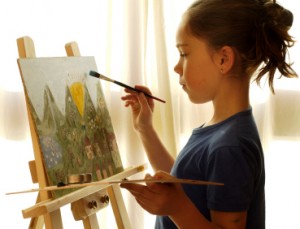
Parents naturally want the best for their child academically, so when research comes out illustrating how the early years have a tremendous impact on future intelligence, the pressure is on to teach those “3 R’s: ‘Reading, ‘Riting and ‘Rithmatic” as early as possible. The unfortunate result of this has been children who are being fed facts and solutions for memorization, without any basis for their own problem solving or sense of exploration of the information they learn. Early childhood programs feel the pressure as well and are getting caught in this same trap: teaching children the preconceived answers without teaching the process that lead to the answers in the first place. It is no surprise then that many children are struggling in schools, and that children in higher grades are being found to have little or no problem solving techniques and additional problems with social interactions. The missing link? Teaching the 3 Cs. Instilling in children a love for learning and a process for making decisions and solving problems while working with others begins with encouraging in them a sense of creativity, curiosity and courtesy.
Sparking creativity in children opens the door to learning in every developmental area. When children think creatively they look beyond what is in front of them to see what could be. They explore from many different angles and engage all of their senses. This creative exploration can lead to successful problem solving, a broader understanding of topics taught, and a sense of appreciation for the world they live in.
Without this basis of thinking creatively children are prone to merely acquire information – rather than have the skill to do something with this information. When children are supported in their creativity they are able to actively engage in the learning process. For example, it is more than learning there are numbers, but about learning what those numbers are capable of doing. How they interact, what they can represent, how they can be used to organize or represent objects and information.
Activities that encourage new uses for everyday items, teach children to overcome their fear of making mistakes, teach them the value of patience and combine right and left brain activity, all strengthen a child’s ability to be creative, to use their imagination and to solve problems.
However, problem solving means more than being able to find lots of answers. This is where curiosity comes in. Creativity and curiosity are intrinsically linked. One leads to the other, and vice versa. We begin by trying something new (creativity) then we test it to see what happens (curiosity). But also, the opposite can occur, where we begin by looking why things happen in certain ways (curiosity) then use this information in a new way (creativity) to solve our problem. It is this give and take between the two that can lead to many exciting and new revelations and possibilities. They are the keys for many an inventor, engineer, or philosopher in making new discoveries, inventions and solutions. Children who are given the freedom to stretch these abilities and explore their capabilities within them to the fullest will find their play to have a richer, deeper meaning and a higher sense of accomplishment.
Parents can support their children’s natural ability to be curious, and to link this curiosity into creativity and problem solving, by providing opportunities for their child to explore possibilities through simple wonderment, or concrete experimentation. By exposing their child to the world around them through outings, books, and pretend play. And finally, by encouraging questions and showing their child how to search and find the answers. When we bring these factors into our homes, we give our children the opportunities to cultivate their natural sense of curiosity, to build on their creativity and to become a problem solver.
Creativity and curiosity go a long way towards building a basis for further learning for our children. However, there is one last piece of this foundation puzzle: Courtesy. We live in a social world, and as such the abilities to lead, be part of team, and be effective communicators of our ideas to others, are essential in our educational journey.
A parent’s role as a model of courtesy, kindness and positive social interactions is more important than ever. Teaching courtesy to children is a process of modeling and encouraging four elements that support this behavior: dependability, kindness, honesty and respect. Parents can strengthen these attributes in their children simply by modeling the behavior and guiding their children towards building strong relationships with others.
I ask every reader to spend a few moments thinking back to their own childhood. Do you remember raiding your Dad’s tools and scrap lumber to build a fort? Do you remember taking long hikes in the woods just hoping for an adventure? Do you remember just what family meant? It’s time to get back to teaching these basics before they disappear altogether, but in a better way.
Teaching the 3Cs empowers parents to bring back the basics and rebuild our children’s future for the better. To give them a strong base to stand on: a desire to learn because learning is fun again, the ability to problem solve through creativity and curiosity, and a caring attitude as they reach for the sky.
Biography
Patricia Dischler is the author of several books, including From Babysitter to Business Owner and Because I Loved You. She speaks nationally at early childhood and adoption conferences and is a columnist for NAFCC’s the National Perspective and Adoption Today Magazine. Patricia is a board member of the NAFCC, WFCC and the Wisconsin Early Learning Coalition and was the recipient of the 2007 Wisconsin Governor’s Award for excellence in the field of child care. Her latest book, Teaching the 3 Cs: Creativity, Curiosity & Courtesy shares her activities and philosophies of teaching young children from her 17 years of operating Patty Cake Preschool, a nationally accredited program. To learn more, visit her website at www.patriciadischler.com.
[widget id=”text-640287641″/]
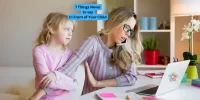

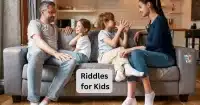

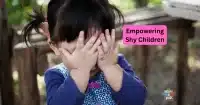


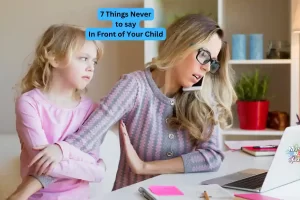
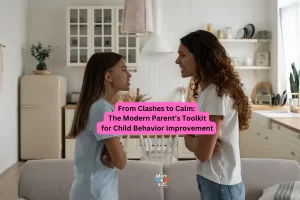

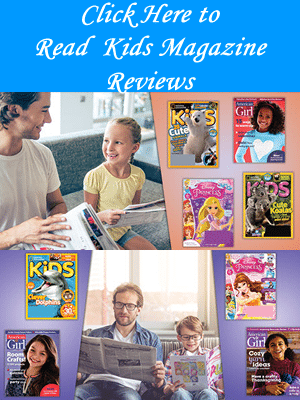
That’s a great article( as usual). I remember doing everything you mentioned ” when you were little” We had family picnics every weekend and we were always asking questions about everything. My Dad was the master of all things, carpentry, electrical u name it , I learned alot from my Dad because he took the time to teach me and let me ask.The 3 “c” are very important indeed.